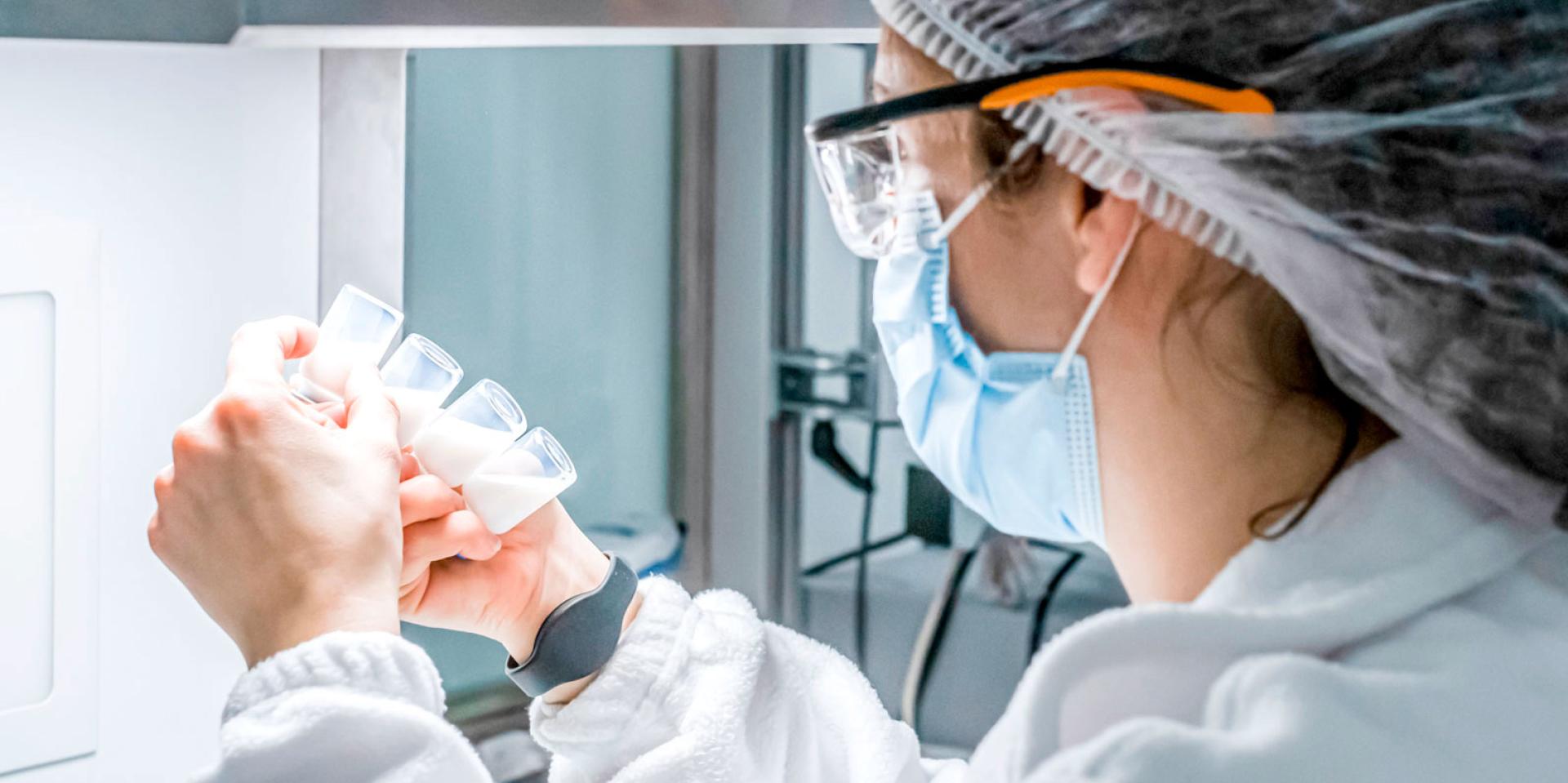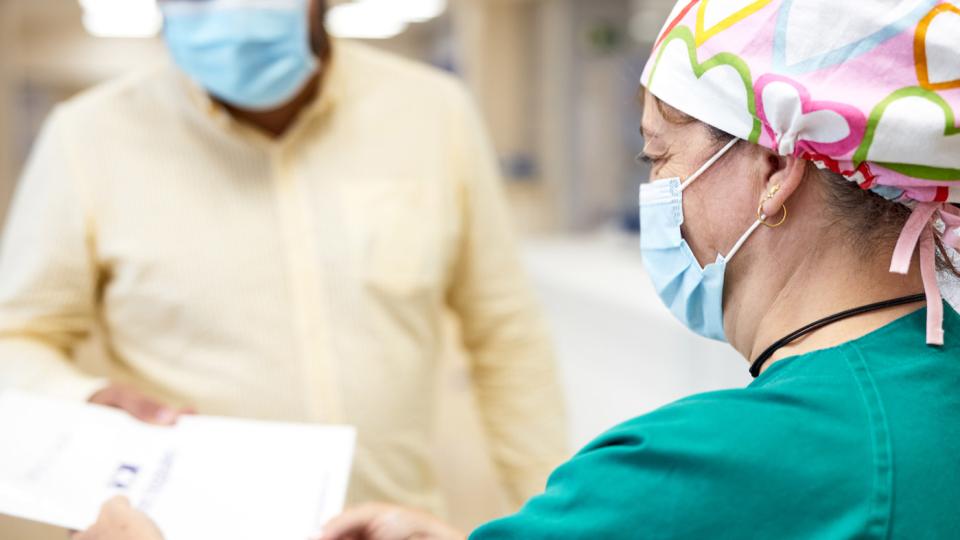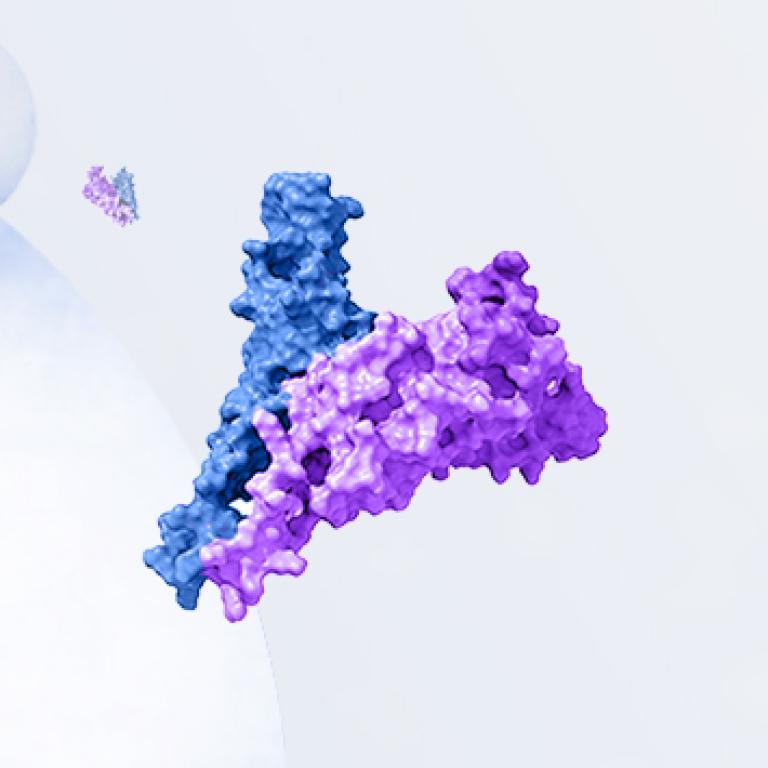A COVID-19 é uma doença infeciosa causada pelo coronavírus conhecido como SARS-CoV-21. Os coronavírus são uma ampla família de vírus que podem causar infeção em seres humanos, aves e mamíferos. Por vezes, podem ser transmitidos de animais para pessoas2.

A Organização Mundial de Saúde (OMS) foi notificada da existência deste novo vírus a 31 de dezembro de 2019, uma vez que foi declarado um surto de casos de “pneumonia viral” em Wuhan (República Popular da China)1. O número de casos confirmados aumentou repentinamente com milhares de novos casos diagnosticados diariamente durante o mês de janeiro, até 30 de janeiro de 2020, quando o surto de COVID-19 foi declarado pela OMS como uma emergência de saúde pública de importância internacional. Foi em 11 de março de 2020 que a OMS declarou oficialmente o estado da COVID-19 como uma pandemia global3.
A maioria das pessoas infetadas apresenta uma doença respiratória ligeira ou moderada e recupera sem a necessidade de nenhum tratamento especial. No entanto, alguns ficam gravemente doentes e precisam de cuidados médicos. Idosos e pessoas com condições de saúde subjacentes – como doenças cardiovasculares, diabetes, doenças respiratórias crónicas ou cancro – têm uma maior probabilidade de desenvolver a doença grave4.
A COVID-19 espalha-se quando uma pessoa infetada exala pequenas partículas respiratórias e gotículas que contêm o vírus. Estas partículas e gotículas respiratórias podem ser inaladas por outras pessoas ou podem atingir os seus olhos, nariz ou boca. Em algumas circunstâncias, podem contaminar as superfícies que outras pessoas tocam. Qualquer pessoa infetada com COVID-19 pode transmitir a doença, mesmo que ela própria não apresente sintomas5.
As principais medidas básicas de precaução que foram seguidas para impedir a propagação do vírus foram as seguintes6:
• Lavar as mãos frequentemente com água e sabão ou com gel desinfetante para as mãos.
• Usar uma máscara facial quando não for possível manter uma distância segura.
• Evitar espaços lotados, espaços fechados que não sejam adequadamente ventilados e contacto prolongado com outras pessoas.
• Evitar tocar em superfícies, especialmente em locais públicos ou em centros de saúde.
• Ficar em casa se apresentar algum sintoma.
• Seguir as diretrizes e recomendações de vacinação locais.

Compromisso da HIPRA em relação à COVID-19
A HIPRA, com mais de 50 anos de experiência no combate a doenças transmissíveis através do desenvolvimento de vacinas, é uma empresa comprometida com a saúde, as pessoas, a sociedade e o progresso. Por esta razão, perante uma situação excecional, a HIPRA optou desde o início por contribuir com o seu know-how no combate à pandemia com o desenvolvimento de uma vacina de proteína recombinante contra o SARS-COV-2 (A autorização de comercialização foi concedida na Europa em 30 de março de 2023 e no Reino Unido em 31 de julho de 2023).
Referências bibliográficas:
1. World Health Organization. Basic information about COVID-19. [Internet] Disponível em: https://www.who.int/emergencies/diseases/novel-coronavirus-2019/question-and-answers-hub/q-a-detail/coronavirus-disease-covid-19 (último acesso: 8 de março de 2023)
2. “Information for the public. Questions and Answers about the new COVID-19 Coronavirus [Internet]”. Disponível em: https://www.sanidad.gob.es/en/profesionales/saludPublica/ccayes/alertasActual/nCov/ciudadania.htm (última visita: 8 de março de 2023)
3. Hu B, Guo H, Zhou P, Shi ZL. Characteristics of SARS-CoV-2 and COVID-19. Nat Rev Microbiol. 2021;19(3):141-154.
4. World Health Organization. Coronavirus. [Internet] Disponível em: https://www.who.int/health-topics/coronavirus#tab=tab_1 (última visita: 8 de março de 2023)
5. Centres for Disease Control and Prevention. [Internet]. Disponível em: https://www.cdc.gov/coronavirus/2019-ncov/prevent-getting-sick/how-covid-spreads.html (última visita: março de 2023)
6. World Health Organization. Questions and answers about the spread of COVID-19. [Internet] Disponível em: https://www.who.int/news-room/questions-and-answers/item/coronavirus-disease-covid-19-how-is-it-transmitted (última visita: março de 2023)

